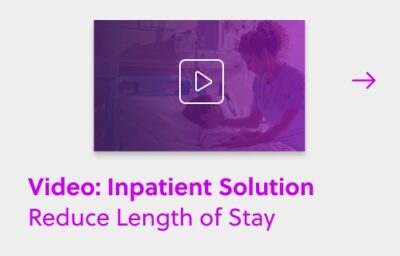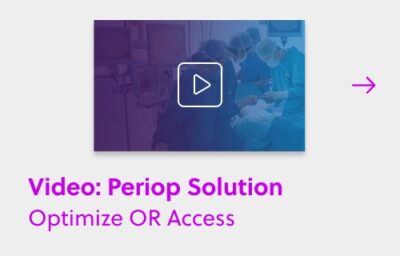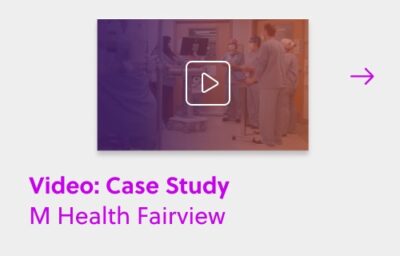We spend close to $3 Trillion in the United States annually on healthcare (18%+ of our GDP) with ~$750 Billion in annual waste. As you can probably imagine, a big focus in U.S. healthcare today is understanding how to do more with less.
In this journey to become more efficient, an increasing number of providers are looking towards analytics and big data. The complexity of serving an older/more chronically ill patient population, combined with the pressure from public & private payers, regulatory authorities, growing consumerism and competition have forced a rapid rise in the number of metrics being tracked and the number of carrots/sticks to move those metrics in the right direction. 4 out 5 providers in a recent report on analytics by Deloitte reported value based care as a key driver for deeper investments in analytics. As per the same report, ~$400,000,000 of venture capital went into healthcare analytics last year and the current healthcare analytics market is reported to be ~$4 to $5 Billion (predicted to grow at 8%-11% till 2020).
The rise in the amount of data available at healthcare providers has been fueled by the advent of the electronic medical record (76% of U.S. hospitals have an electronic medical record – an 8x increase from 2008) and in general, by the increased digitalization within hospitals and physician practices across the country.

Aboard USNS Comfort (T-AH 20) Apr. 23, 2003 — A central computer system monitors the heart rates of each patient in the Intensive Care Unit (ICU) to ensure a quick response to any problems that may occur while aboard USNS Comfort (T-AH 20). Comfort is one of two hospital ships operated by Military Sealift Command and is designed to provide emergency, on-site care for U.S. combatant forces deployed in war or other operations. USNS Mercy (T-AH 19) and Comfort each contain 12 fully-equipped operating rooms, a 1,000 bed hospital facility, digital radiological services, a diagnostic and clinical laboratory, a pharmacy, an optometry lab, a cat scan and two oxygen producing plants. Both hospital ships are converted San Clemente-class super tankers. Comfort set sail for New York City and provided housing, laundry, food, medical and other services to volunteers and rescue personnel for nearly three weeks in the wake of the terrorist attack on the World Trade Center. Comfort was activated again in December 2002 and sailed to the Arabian Gulf to support Operation Iraqi Freedom, the multi-national coalition effort to liberate the Iraqi people, eliminate IraqÕs weapons of mass destruction, and end the regime of Saddam Hussein. U.S. Navy photo by Photographer’s Mate 1st Class Shane T. McCoy. (RELEASED)
As we at analyticsMD partner with leading hospitals around the country, what we have seen to be the key in transforming healthcare decision management using big data is not in the care team’s ability to visualize/analyze one more complex chart, but rather help them to “close the loop” from the data to the ideal outcome in quality, safety, efficiency or experience. It means to ideally prescribe the right action to the right person at the right time.
What does that mean? It’s the difference between showing you the standard distribution of traffic on your way to work or simply telling you to “take a left turn” based on a complex set of variables that are computed on the backend in google maps or waze.
The last thing the front line in healthcare needs is another complex analysis which requires them to take precious time away from their patients (which the EMR has done). So even before we in the healthcare IT/analytics industry are excited about the latest and greatest solution, we need to first think about the end, the frontline reality. It amazes me how many times technologists ignore the simple question – Will this help or paralyze the already busy frontline’s workflow and actually add to the provider’s ability to enhance outcomes, experience and efficiency.
While asking about the next breakthrough in healthcare, a Chief Operating Officer at one of the leading hospitals in Silicon Valley reminded me that“Progress doesn’t come in step functions, it comes from rapid incremental changes from small actions.” The great opportunity ahead of us in this industry is how can we use big data and software to turbo-charge the potential of the millions of individual care workers and teams for these rapid/incremental changes by the frontline.
For example, a promising area to enhance care using big data is in operations. When we think about capacity management in hospitals, or staffing, or the discharge processes or patient safety or patient experience, these are often times complex processes that are prime for a closed loop big data solution. Whether you are in a fee for service or a value based care system, the ~$900 Billion hospital industry has tremendous potential to reduce operational inefficiency/ waste in the system. We never quite have clear and easy Win-Win situations in healthcare, but this is an area where both the financial and clinical leadership teams at providers are able to see immediate impact and ROI without significant risk to the enterprise.

So as we embark on what is sure to be one of the most exciting decades in healthcare, let’s remember the so what: Higher outcomes at lower cost. That’s our north star. Everything else is noise.


